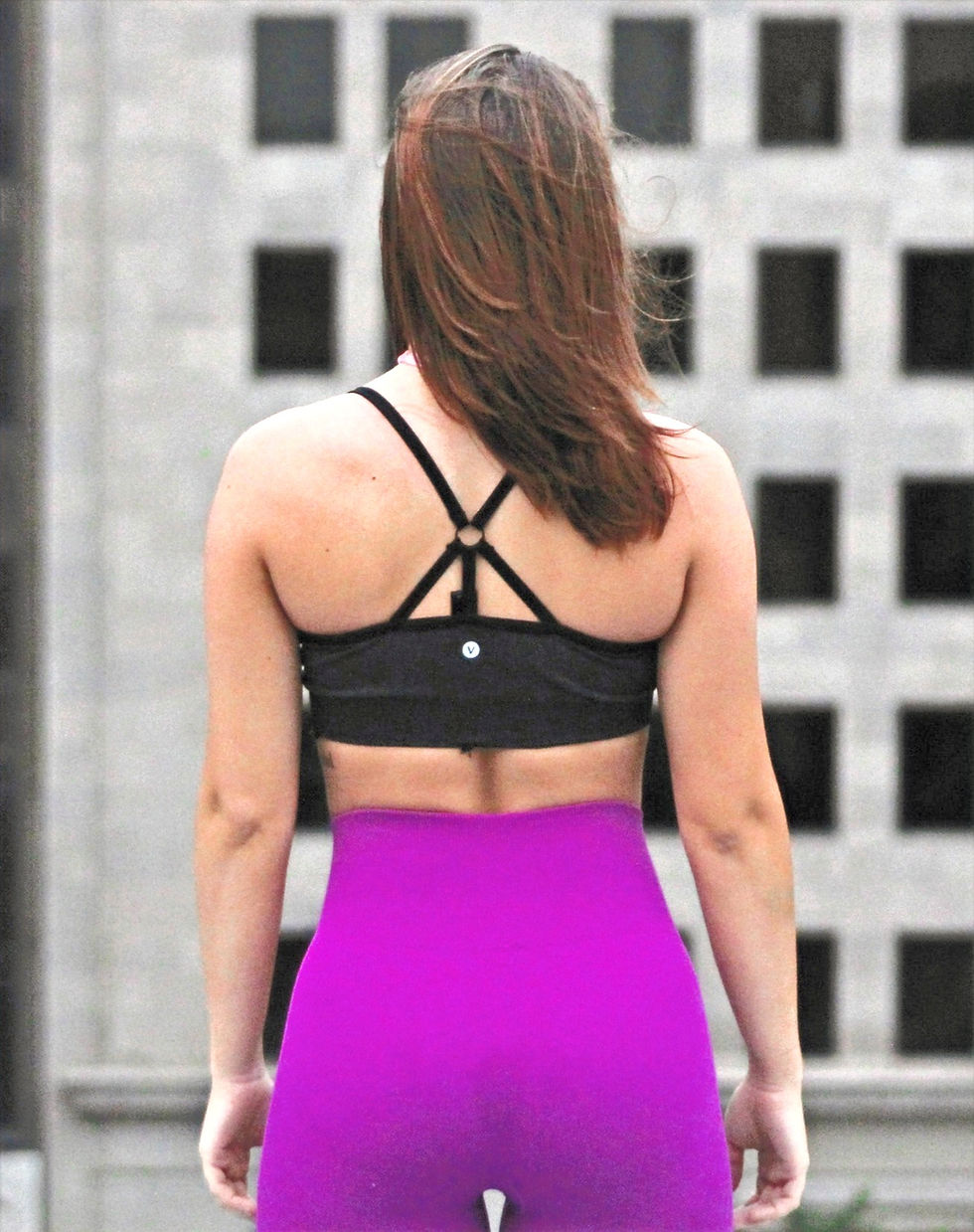Leaking and Exercise
- niamhburn
- Dec 6, 2020
- 3 min read

Its a common (and not that talked about) occurrence. Going for a run and having to change when you return home or getting an oops moment on the trampoline with the kids, can catch us by surprise.

So, why does leaking happen?
Well, exercise like running, star-jumps or trampolining raises ourintra-abdominal pressure. This pressure presses down on the bladder and if our pelvic floor or urethra are not up to the task then, we will leak.
A Study in 2001 surveyed 59 physically active women and found that leakage was a problem for a staggering 50% of them. Pad use was common (49.2%) and skipping, trampolining, jumping jacks and running/jogging were noted to be the most were most leaky activities for them.
Another study looked at the prevalence of incontinence in female elite athletes, in Norway. They were teenage girls who had not been pregnant and 26% of them recalled instances of incontinence during exercise.
So maybe its not just a weak pelvic floor from pregnancy/delivery to blame. Sometimes a pelvic floor that is too tight can cause leaks, so pelvic floor relaxation (and not just kegals) is good to include too.
Leaking during exercise is a sign that something in the core system is not coping with the demand of that exercise. So try not to ignore this sign or simply put up with it by sticking in a pad. there are things you can do to help.
A pelvic floor assessment with a women`s health physiotherapist can dive deep into some of the reasons why you may be leaking during exercise and help you prevent it over time. They can also check how you are engaging your pelvic floor as many women will not be doing a pelvic floor contraction correctly and not realise it.
HERE ARE SOME TIPS TO TRY
1. Align yourself

Look at yourself sideways in the mirror. Are you straight? Are you leaning back? Are you sticking your hips out in front? Do you stick your ribs out? The way you stand is the way you run- so get it right in standing and it should become second nature and carry over into your running style. Good alignment will also ensure you are breathing efficiently and that your pelvic floor is firing to keep you dry.
2. Breathe

When you have your alignment correct, don’t forget to breath. Its amazing how many times I catch myself holding my breath, its a habit and this can happen whilst you are putting in the effort on your run.
Did you know your pelvic floor fires as you exhale?
It works in team with your diaphragm so if you`re not breathing properly you cant rely on your pelvic floor to keep you dry. Breath fully and deeply into your diaphragm as you exercise.
3. Relax your abs
A lot us are sucking in our gut the whole time without even realising it. The problem with doing this during the day or whilst exercising is that it causes a pressure to build inside our abdomen. That pressure is going to take the path of least resistance, so if our pelvic floor is weak it will push down on that- hence a leak. So let that tummy go peeps.
4. Condition your body

DId you know that your pelvic floor contracts 3000 times on a 30 min run?!
You can`t go from straight from the delivery room to the thread mill. There has to be a process in between to condition and strengthen the muscles like the lower legs, glutes and pelvic floor. Get strong to run, these are stepping stones you owe your body to take, the reward is not wetting your underwear, yay!
5. Consider a pessary for exercise
If your pelvic floor muscles are conditioned and you are still leaking, then i will often suggest and help fit a pessary with a women who is leaking. It is a gentle internal bladder neck support and can work wonders. It is something that you can insert/remove yourself for exercise and a lot nicer than pad use.
You can find a pelvic health/womens health physiotherapist via the squeezy app register.
References:
Leakage during exercise: problematic activities, adaptive behaviours, and interest in treatment for physically active Canadian women.
Brennard E et al Int Urogynecol J. 2018 Apr;29(4):497-503. doi:10.1007/s00192-017-3409-1.Epub 2017 Jul6
Prevalence of stress urinary incontinence and urge urinary incontinence in athlete athletes and controls
Bo K et al Med Sci Sports Exerc 2001 Nov;22(11):1797-802
* Main picture illustrated by Eva Hill.
Niamh Burn
Women's Health Physiotherapist
@Maternity Physio







Comments